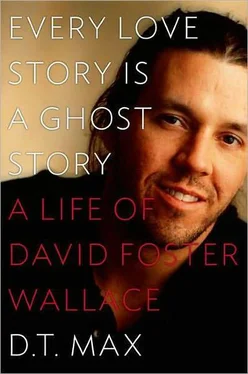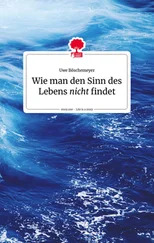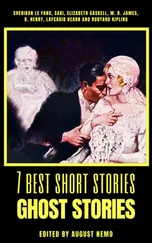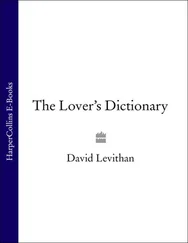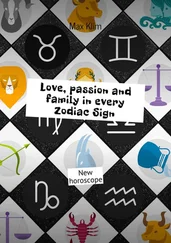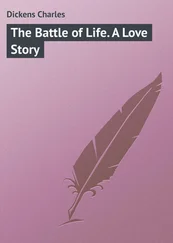The resolution that reviewers complain the novel lacks isn’t in the text, but sits chronologically & spatially in front of the novel proper, which, as a satellite dish, serves to focus myriad rays of light, or voices, or information, on that central resolution without actually touching it.
Wallace was thrilled; battered by critics who said the novel just sort of stopped, he was waiting for just this type of reading. He offered a similar thought about the book in an online chat room for the e-zine WORD in May, saying that “there is an ending as far as I’m concerned. Certain kind of parallel lines are supposed to start converging in such a way that an ‘end’ can be projected by the reader somewhere beyond the right frame. If no such convergence or projection occurred to you, then the book’s failed for you.”
20. Journalists in general were unsure what to make of the sincerity Wallace had worked so hard to earn. Interviewing him for Infinite Jest , Laura Miller of Salon.com described him as having the manner of “a recovering smart aleck.” Wallace, though, was clear in his own mind that the change from who he had been was real. When an interviewer asked him what the old Wallace would have thought of his new writing, he answered, “I don’t think he would have hated it — I just don’t think he woulda read it. I think he would’ve looked at the first two pages and gone, ‘Huh! Wonder who likes this kind of stuff?’ And then looked for something else.”
21. “Using skills…only Elizabeth has,” as Wallace would comment in a later interview.
22. Perhaps more apropos to Wallace’s own struggle was Nirvana’s mournful ballad “All Apologies,” whose last chorus, repeated over and over, is often quoted as “All alone is all we are.” (The official version on the liner notes reads: “All in all is all we are.”)
23. The grunge references probably irritated Wallace, who told friends he’d never heard of Nirvana until after the suicide of Kurt Cobain, the band’s lead singer, in April 1994. “A grad student lent me some tapes,” he remembered in a letter to a friend written in the late 1990s, “and I came rushing in the next day saying I thought these guys were kind of brilliant and had anybody ever heard of them…the students were too embarrassed for me even to laugh. (That’s a true story, by the way.)” Which most friends doubt it is.
24. Similar assurances allowed Wallace to give Nadell free rein to do with his film rights as she saw fit throughout his career.
Chapter 7: “Roars and Hisses”
1. When he went over his 1993 piece on television, “E Unibus Pluram,” he added — or more likely, restored from the draft of the article — another dig at Mark Leyner, changing his identification from “writer” to “New Jersey medical ad copywriter,” in fact one of the jobs Leyner had held before he became a novelist.
2. Wallace told one young mother he was dating he was jealous that her breasts were “no longer public property,” but in less petulant moods he acknowledged a worthy competitor. “Babies,” he told Mark Costello, “are famous to themselves.”
3. Wallace was an extraordinary listener, with “a way of attending that is at once intense and assuasive: the supplicant feels both nakedly revealed and sheltered, somehow, from all possible judgment.” (The description is of Lyle, the weight room guru in Infinite Jest. )
4. The syllabus averred, “If, in a piece of creative nonfiction, an event is claimed to have happened, it must happen.” But in the classroom Wallace was known to be the less dogmatic of the two teachers when it came to literal accuracy, and one senses his hand in a later sentence on the syllabus: “And yet, the ‘creative’ half of the title suggests an impulse rather than Enlightenment perspicuity motivates the writer and shapes the writing.”
5. An alternate reading of “The Depressed Person” is that the author sympathizes with her. The space he gives to narrating her experiences confers a validity to them, a gift that mimics at the same time the gift of therapy.
6. When from Las Vegas he called Francis B. to complain the mirror on the ceiling was keeping him from sleeping, his friend told him to roll over.
7. Wallace liked the way unwritten questions forced the reader to use his or her imagination. He had practiced the form in a six-page endnote in Infinite Jest in which Hugh Steeply, the O.N.A.N. agent, posing as a female journalist, interviews Orin Incandenza. The only voice we hear is Orin’s.
8. Wallace had first come upon the story of a man who specialized in finding such women in Cracking Up , a psychoanalytic casebook published in 1996.
9. The problem with the relationship might be captured on either side by the comment the outraged male narrator of “Here and There” makes about his girlfriend: “She regarded the things that were important to me as her enemy, not realizing that they were, in fact, the ‘me’ she seemed so jealously to covet.”
10. His habit was worsened by Nardil, which increases nicotine’s addictiveness.
11. In 1999, he sent DeLillo a card with the words, “May the peace and blessing of almighty God descend upon you and remain with you forever” on it and added the quip, “Today’s Catholic isn’t afraid to send cards like this.” Later he mailed another one, with a token indicating he had made an offering at mass, with the words, “Already paid for — like a sort of cosmic gift certificate.”
12. Franzen would later capture his impression of the relationship in one of a suite of stories called “Break-Up Stories,” published in the New Yorker , in which a Heidegger-spouting university instructor insists he is going to marry his girlfriend even as he is scouting around for the next woman.
13. At some point in the late 1990s, Wallace hired a prostitute. It was a logical step for a writer who was interested in the point where sex and marketing met. Plus it was an opportunity for a new experience. Wallace negotiated a price of $200 but when he got into bed with the woman he lost his desire. “We sort of ‘cuddled and talked’ instead,” he wrote Evan Wright, who had helped him with his adult entertainment awards article for Premiere in 1999; “she was nice about it.”
14. Gale Walden’s father, whom Wallace admired, had left the ministry to become an IRS agent, a living metaphor.
15. In a notebook entry, Wallace suggests that Drinion might be the child in the micro-story “Incarnations of Burned Children,” and that his penis photographs better than one that has not been scarred by scalding water.
16. It is likely that this plot about a porn performer whom the viewer can digitally replace with himself dates back to the pornography novel that Wallace abandoned in the late 1980s; he mentions the video technology in Signifying Rappers , which he was working on around the same time.
17. Other names the novel had, at least briefly, included Glitterer, Net of Gems, What Is Peoria For? and Sir John Feelgood (Drinion’s nom de porn).
18. The theme of the novel is anticipated in an essay Hal Incandenza submits for “Mr. Oglivie’s seventh-grade Introduction to Entertainment Studies” in Infinite Jest , about a future television hero who represents the conclusion of a lineage that begins with the “hero of action” (Steve McGarrett of Hawaii Five-O ) and passes on to the “hero of reaction” (Frank Furillo of Hill Street Blues ). “We await,” Hal writes, “I predict, the hero of non -action, the catatonic hero, the one beyond calm, divorced from all stimulus, carried here and there across sets by burly extras whose blood sings with retrograde amines.”
Читать дальше
